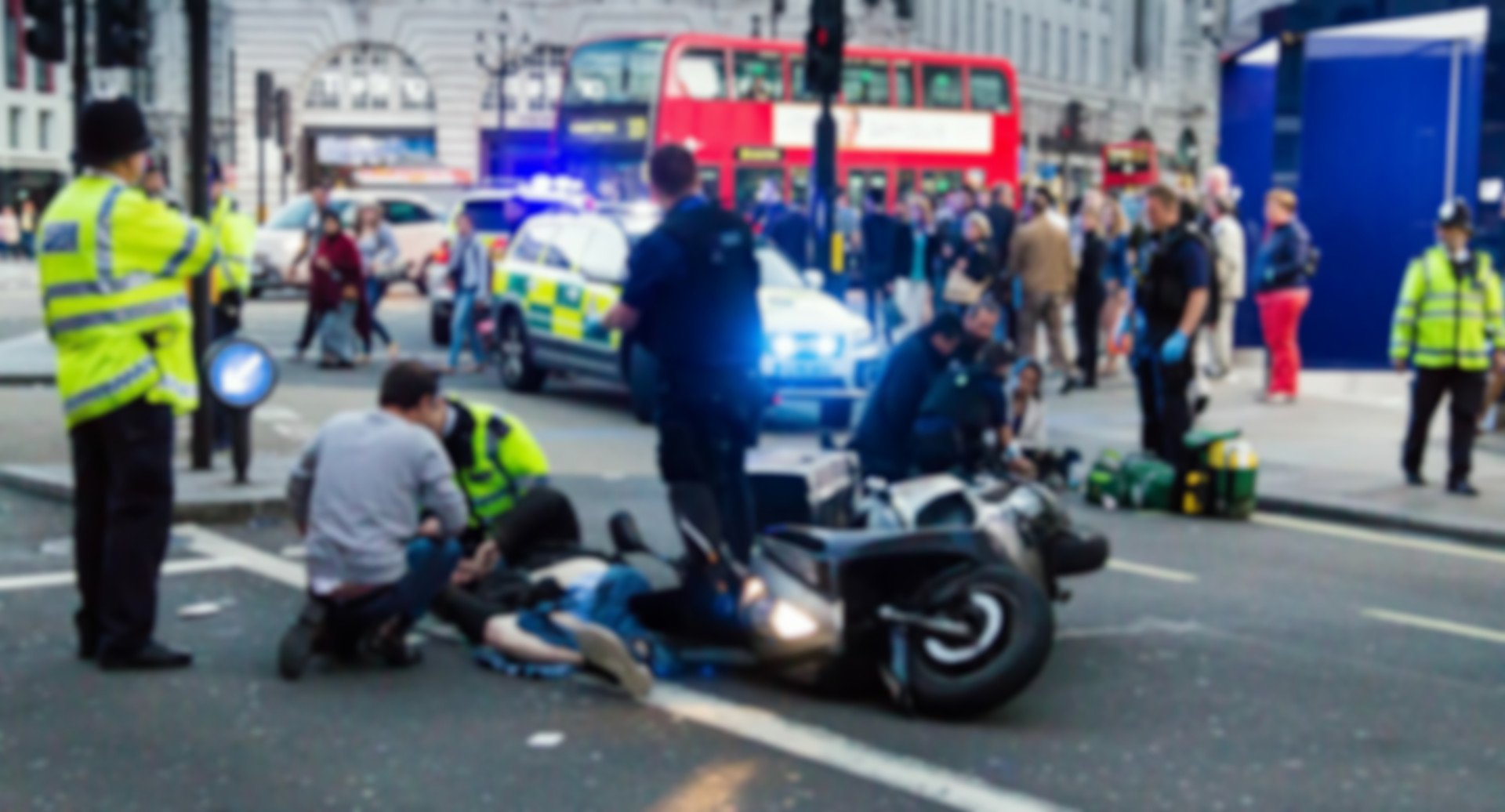
Key Points
- First responders face higher rates of PTSD, anxiety, and depression than the general public.
- Trauma-focused CBT and EMDR are the most effective treatments for PTSD in first responders.
- Early prevention approaches like imagery training, mindfulness, and EMDR show promise but need more evidence.
- There is a critical gap in research on early interventions before symptoms become severe
First responders are at higher risk of mental health struggles, but science is charting a clearer path.
Established therapies like CBT and EMDR are effective for treatment, while prevention strategies – especially mindfulness and imagery training—show promise but need more evidence.
Protecting the mental health of first responders means not only healing wounds but also learning how to prevent them.
The siren never really fades
Imagine finishing a night shift where every call could mean life or death.
The fire is out, the injured are in the hospital, but when you close your eyes, the siren echoes on repeat.
For police officers, firefighters, paramedics, and emergency call operators, the danger doesn’t end when the shift does. It lingers, invisibly, in their mental health.
In a recent study, researchers pulled together findings from 18 systematic reviews – covering 41 individual studies – to ask a pressing question:
Which psychological interventions actually help first responders prevent or recover from mental health conditions?
The hidden cost of saving lives
First responders carry an invisible burden. Compared with civilians, they are far more likely to experience depression, anxiety, and post-traumatic stress disorder (PTSD).
Exposure to repeated trauma—from car accidents to violent crime- makes mental strain almost inevitable. Yet, until now, evidence about what helps has been scattered and inconsistent.
The systematic review offers the clearest picture yet, categorizing interventions into prevention (universal, selected, indicated) and treatment.
The strongest treatments: CBT and EMDR
When symptoms reach the level of a diagnosable disorder, especially PTSD, two therapies stand out:
- Trauma-focused cognitive behavioral therapy (TF-CBT): Helps people confront and reframe traumatic memories rather than avoid them.
- Eye-Movement Desensitization and Reprocessing (EMDR): Uses bilateral stimulation (eye movements, tapping, or sounds) while recalling distressing events, thought to “unstick” traumatic memories.
Both therapies consistently reduced PTSD symptoms in first responders, echoing broader guidelines for trauma treatment. These are the most reliable tools in the current arsenal.
Prevention: promising, but patchy
Stopping problems before they take root is harder. The review found early signs of promise in three approaches:
- Imagery-based trauma-prevention training: Teaches relaxation and mental rehearsal skills before exposure to trauma.
- Mindfulness-based programs: Encourage awareness of thoughts and emotions without judgment, improving sleep and lowering stress.
- EMDR used proactively: A novel twist, applying EMDR techniques before full-blown symptoms develop.
Yet the evidence here is thin—most studies were small, inconsistent, or at risk of bias.
The field urgently needs larger, higher-quality trials to know whether these tools can reliably keep distress at bay.
Gaps and blind spots
Despite the progress, the review exposed striking gaps. Few interventions targeted early warning signs -those moments when stress is high but not yet diagnosable.
This “missing middle” is critical: catching problems early could prevent crises later.
Another blind spot: most studies focused on police, leaving paramedics, firefighters, and emergency call operators comparatively under-researched.
Given their distinct stressors – like paramedics’ repeated exposure to medical emergencies—tailored approaches are needed.
Why it matters
For first responders, mental health is more than personal—it’s professional.
Struggling with PTSD or depression can erode decision-making, reaction time, and even physical safety.
For organizations, investing in effective interventions isn’t just compassionate—it’s essential for public safety.
For clinicians, the takeaway is clear: when treating PTSD in first responders, TF-CBT and EMDR should be front-line options.
For policymakers and agencies, the challenge is to build stronger prevention programs, so support begins before symptoms escalate.
And for the rest of us?
It’s a reminder that those who run toward danger need systems that protect them long after the sirens stop.
Reference
Arjmand, H.-A., O’Donnell, M. L., Sadler, N., Peck, T., & Varker, T. (2025). Prevention and treatment of mental health conditions in first responders: An umbrella review. Clinical Psychology: Science and Practice, 32(2), 163–182. https://doi.org/10.1037/cps0000252


